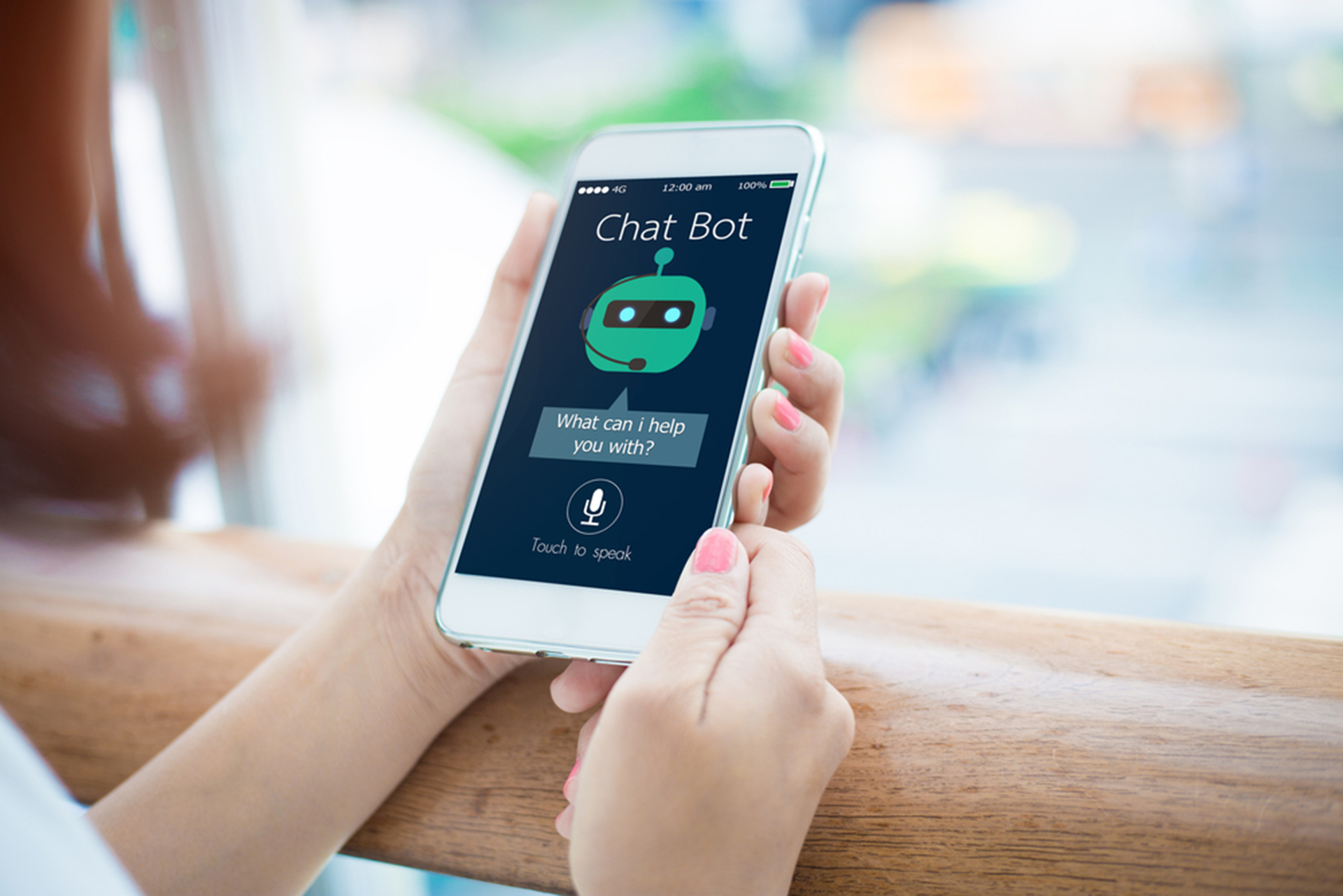With all of the buzz around AI this year, including Elon Musk’s launch of Neuralink, an AI startup that would link computers to human brains, we wanted to look at what companies should be expecting from AI and how to incorporate it into their businesses and projects today. The tools to build AI machines have become widely available making it necessary for any company who wants to have a competitive advantage in tomorrow’s world. No one wants to be in the same boat as photo film giant Kodak when they chose not to invest in digital tech. Now is a great time to integrate AI into your business as it has become cheaper to get the requisite software, talent is more widely available than in the past and we know how to use it to make significant business gains. You don’t need to be Tesla or Uber to start using AI for your business. You also don’t need to find your own data scientists, but can take advantage of custom software development companies that have popped up across the globe. These firms have AI capabilities and CTO’s can further reduce risk by doing lean software development. The most important thing for a CTO looking into using AI is to understand how AI can fit into their business. Here are 5 ways to make AI work for you:
1. Proactively Engage Customers at Emerging Touchpoints

The notorious bank robber William Sutton was once asked, “why did he rob banks?” to which he answered with genius simplicity “that’s where the money is.” The same way CTO’s should organize their goals and their technology to go to where your consumer is. Consumers have shifted from purchasing at shopping malls to online stores and now they are shifting into purchases via messaging services. Mobile and messaging are key touchpoints for companies to expand into. AI can be used to make chatbots in messaging apps where the consumer is already active, thus reducing investment risk. BI Intelligence released a report last year that found messaging apps surpassed social media apps in number of monthly active users starting in 2015.
In fact, 75% of the world is now on messaging with it being the preferred mode of communication for Millennials. It wasn’t until this year that we really saw companies use messaging apps to drive business. Papa John’s International Inc. started letting people use Facebook to order pizza in June with great success. Digital orders now make up 60% of all sales. Facebook lets developers make bots for just about anything; to use Spotify on a group message, make dinner reservations or play games against friends. Making your product easily available on mediums that customers already use is a must. But make sure you consider the effects of using mobile and messaging- Starbucks lets people order through their mobile app, but now they have the problem of people bunching up at the end of the counter waiting for coffee. Whether you are a B2B business or a B2C business you can make chatbots work for you by figuring out first the most simple use cases (such as Q&A) and perfecting them, and then moving to more complex (chatbot function that will help you troubleshooting hardware or fight parking tickets).
2 Let AI Do the Heavy Lifting Behind the Scenes
AI has gone through huge advances in voice and image recognition in recent years. You might wonder how image recognition can help you. It represents gains in machine learning. Apple is using it in their new iPhone to let users unlock the phone with a 3D facial scan. Infinite Analytics used machine learning to improve customer search and discovery at an online retailer resulting in $125 million in increased revenue. Google has a machine that regulates electricity usage in their data centers that cut cooling costs by 40%. Top software development companies can build algorithms that improve energy usage, resource optimization and even land productivity in farming. E-commerce companies should be using machine learning to boost their online platforms to give customers a personalized and flexible experience instead of predetermined paths. Manufacturing and companies with more physical assets can look forward to gaining operational efficiencies with AI like Google did by cutting their energy costs. McKinsey estimates that automation of processes in a hospital emergency department will save 10-15% of operational costs, in aircraft maintenance 25% and even as high as 90% for mortgage origination. Activities that are expected to be automated in the next 20-40 years make up 51% of the US economy wages or $2.7 trillion.
3 Always Be Maximizing Productivity
AI can radically augment the every-day tasks of your employees. No need to spend hours sorting invoices, loan requests, or job applications. The AI “machine” doesn’t replace the employee, but augments them by taking on tasks like scheduling so they have more time. Financial advisors at Morgan Stanley us predictive analytics and machine learning to better understand the data they gather about markets and clients so they can give the best advice. JPMorgan uses AI to review commercial loan contracts in seconds, a process that use to take loan officers 360,000 hours. There are many ways a savvy CTO can make their employees more productive. Using algorithms to remove menial and unrewarding tasks from employees has the added benefit of making employees happier with their jobs. HR and Administration departments should be using AI to remove repetitive paperwork from employees. All areas of business can benefit from AI streamlining workflow by taking on collecting, sorting or reporting tasks. Mckinsey estimates that 60% of occupations can have 30% of their work automated with current AI technologies. Good CTO’s will be able to break down their company’s tasks starting with the repetitive ones, and figure out how to optimize many of them through AI.
4 Optimize Customer Service
“There is only one boss. The Customer.” -Sam Walton, Wal-Mart
Customer service is becoming increasingly important in today’s markets with customers being able to rate companies. Students use ratings to pick classes, we use ratings to select restaurants and to pick employers or to fire an Uber driver. Poor ratings and comments can turn customers away. If you have a large customer base it is impractical to hire enough employees to respond to all of their comments/ratings/problems/ feedback and understand how to proceed effectively. We can use custom software development to build chatbots that manage FAQs pages and answer questions users have and direct them to where they need to go on websites. However, AI can’t do everything. It’s important to set realistic expectations when using computers. IBM’s Watson can diagnose cancer, interpret imaging better than humans and find new ways to use drugs for treatment, but the marketing around the supercomputer has convinced patients that Watson significantly increases their chances of survival when he doesn’t currently operate at that level. With AI the customer service department can now respond to every customer query while mining customer data. Marketing can build an evolving website to fit each user’s preferences and executives can quickly access customer data to determine if they need to change a campaign or product. AI is already providing great customer service across industries. DigitalGenius offers AI email sorting and responding software that has been shown to cut email volume waiting for a response by 50% and can respond to repetitive questions. Doing AI for AI sake is not the right way to approach the customer service segment. But understanding if the customer will place a high value on being offered hundreds of a product or service in real time can go a long way in optimizing ROI of your AI investment.
5 Unleash the Power of Deep Learning

Deep learning machines don’t have diminishing returns on training set size vs accuracy like other machine learning algorithms do. They use training sets in the millions. Deep learning and neural networks are able to beat the best poker and go players in the world, color black and white photos and add sound to silent films. Deep learning is good for making decisions that can’t be easily explained. Yelp uses deep learning to sort photos from 25 million active users a month to highlight the best pictures for each restaurant. Netflix uses deep learning algorithms to personalize thumbnail images for viewers. In a paper published by Netflix’s VP of Product Innovation Carlos Uribe-Gomez and Chief Product Officer Neil Hunt they said their AI software saves the company $1billion each year by reducing churn and expect savings to go up as the program gets more data and becomes more effective. Deep learning requires a lot of data, but this data isn’t always hard to get. Yelp and Netflix already had the data, they just needed an efficient way to use it. Deep learning promotes quick decision-making on both the business and user end with large amounts of analyzed data immediately available.
The proliferation of AI in everyday business means CTO’s should be exploring how AI can benefit their companies and have an agile software development process. AI is no longer a futuristic idea, it is solving real world business problems with data-driven solutions today. The longer companies wait to embrace AI the less competitive they will become. The first companies to move into AI have a strong first-mover advantage because AI needs data to improve and the longer AI operates the more data it gathers. A Gartner report found that since 2000, 52% of large global companies have gone bankrupt, ceased to exist or been acquired due to disruptive technologies or being disintermediated. Companies moving into AI now will determine the business standards of the future and reap the benefits.
Have you incorporated AI into your business or have general questions on AI opportunities? Whether you need help with launching AI at your company or scaling your AI team, Venture Aviator award-winning team can help. Contact us.
Click here to tell us about your project
Related Posts: 5 Things You Need to Know About Chatbots







Leave A Comment